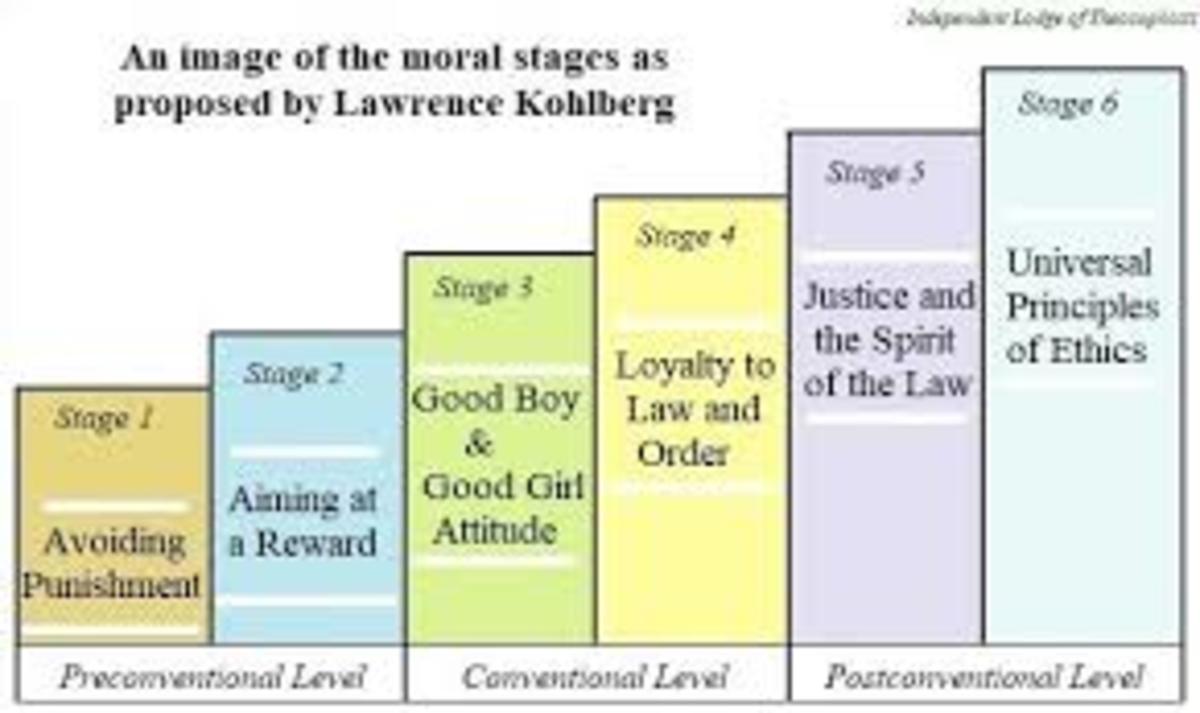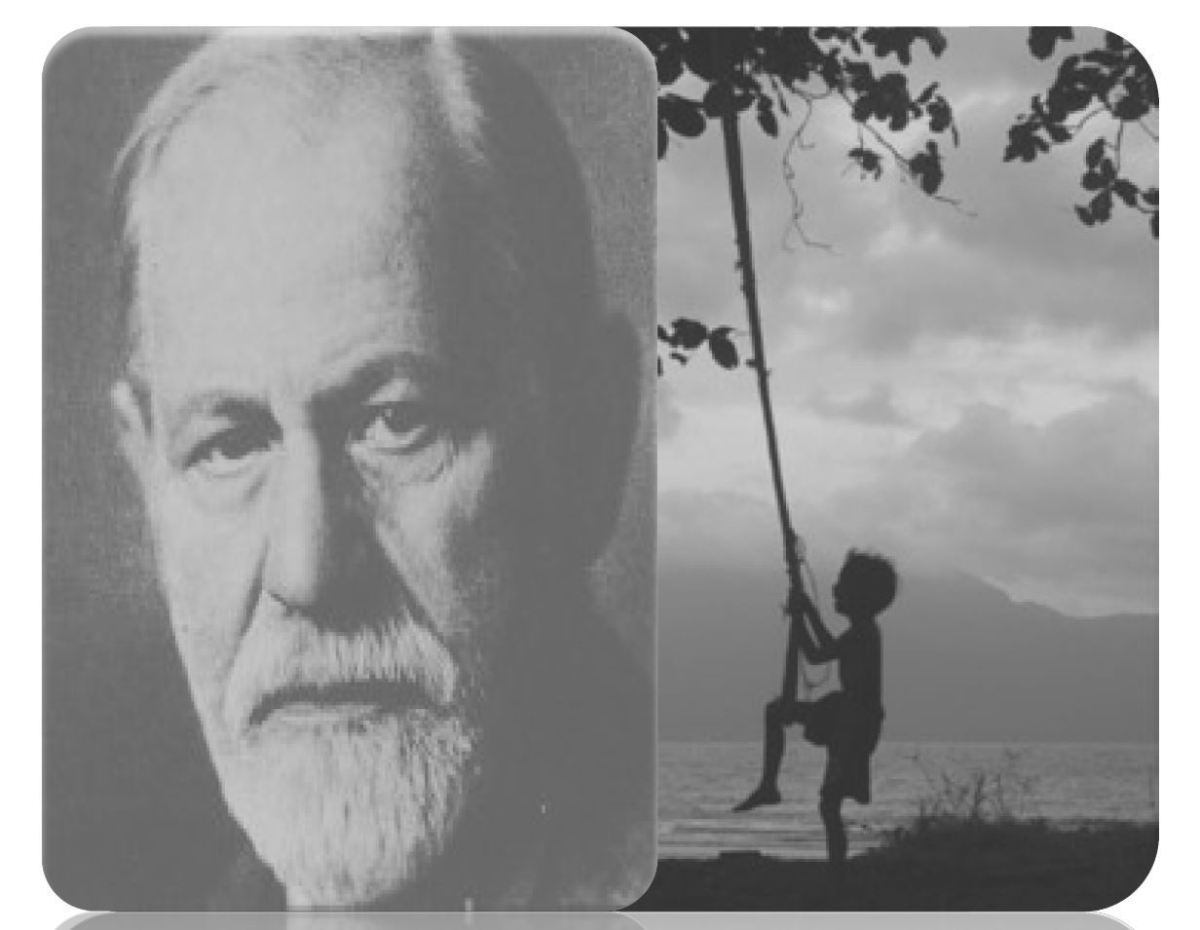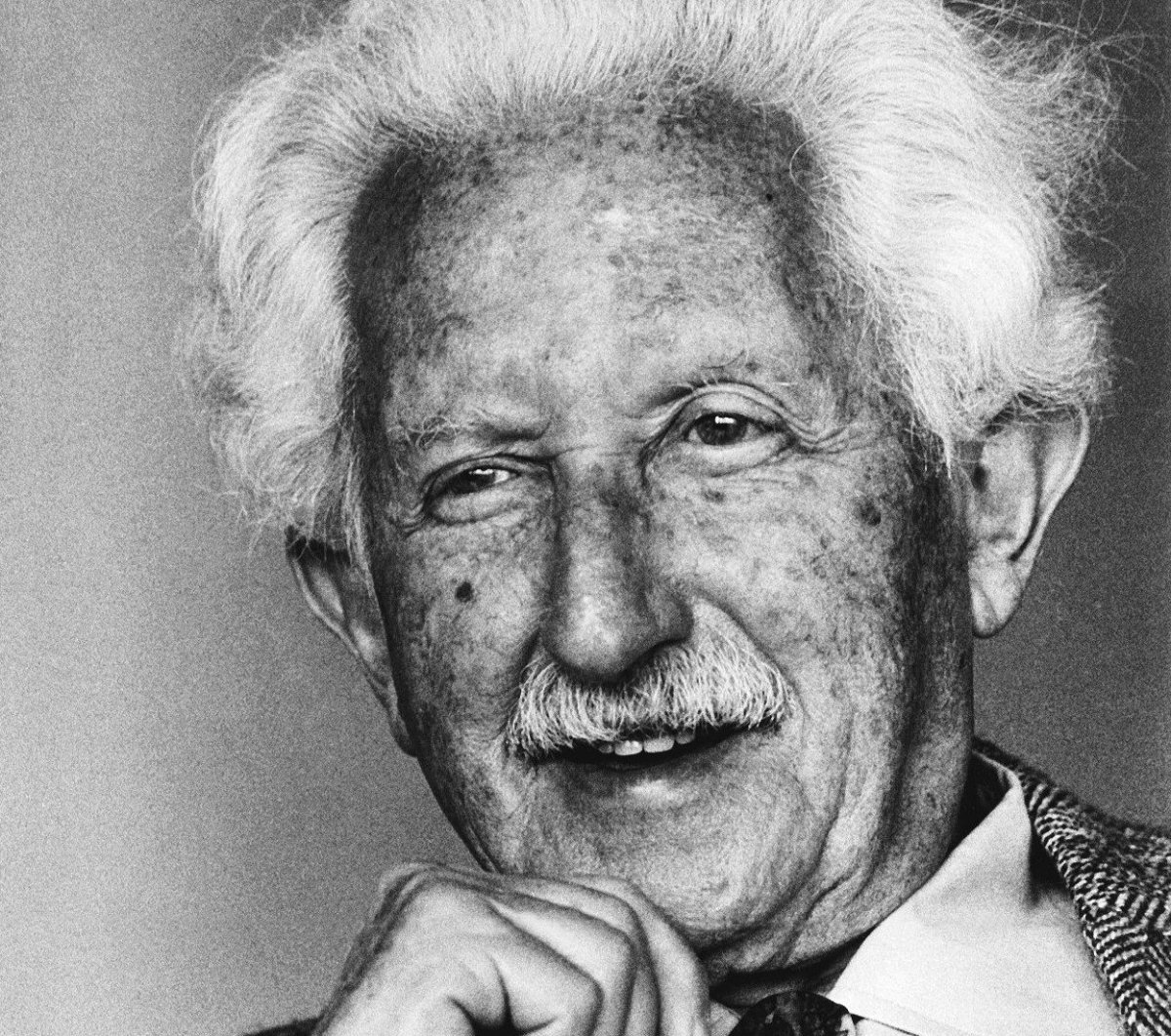The Brain and Neurons
The brain is one of the most complex organs in the human body. Its interesting systems allow us to move, feel, think, believe, and love. Choose a stage of early development and discuss what characterizes brain and neural development during that stage. Also discuss how these developmental processes limit and enable various capabilities (perceptual, cognitive, emotional, and motor).
The infancy stage is from birth until the baby is 18-24 months old (Santrock, 2012, p. 13). From birth a baby is able to breathe, eat, sleep, see, hear, smell, make noise, feel sensations, and recognize people (Child Welfare Information Gateway, 2009). However most of the baby’s brain development occurs as neural connections are created based on sights, sounds, smells, touches, and language as synaptogenesis occurs (Santrock, 2012, p. 101). During the infancy stage of development babies begin to develop motor, perceptual, cognitive, and emotional capabilities.
“Motor development refers to changes in children’s ability to control their body’s movements, from infants’ first spontaneous waving and kicking movements to the adaptive control of reaching, locomotion, and complex sport skills” (Adolph, Weise, and Marin 2003, 134). There are two types of motor development that children in the infancy stage go through, fine motor development and gross motor development. Fine motor development is when an infant develops the ability to draw, write, eat, or dress (Perceptual and Motor Development Domain, 2014). Gross motor development is when an infant learns to roll over, sit up, crawl, run, or walk (Perceptual and Motor Development Domain, 2014). These behaviors allow the infants to further their perceptual development by allowing them to have additional views on their environment.
Perceptual development is when a child in the infancy stage of development begins to interpret and understand sensory input (McMahon, 2014). Infants are constantly using perceptual skills to distinguish between people they know and don’t know, understand height, depth, and color, and to perceive commonalities and differences between objects (Perceptual and Motor Development Domain, 2014). Children in the infancy stage create neural connections as they explore and learn to see and feel features such: as weight, texture, sound, or rigidity (Palmer 1989). An example of this is when a child in the infancy stage observes a slide by touching it with their hands and feet before they slide down (Perceptual and Motor Development Domain, 2014).
“Cognitive development is the changing process of thought, learning and perception as a child develops from infancy to adulthood” (Bargar, 2014). Cognitive development happens as children in the infancy stage use their prior experiences and memories to help them understand their environment (Bargar, 2014). This type of recall is rare in infants younger than six months of age as the neural connections needed have yet to be fully formed (BabyCentre Medical Advisory Board, n.d.). An example of an infant’s cognitive development is when the infant learns that if it lifts its arms it is lifted up and is able to recall and repeat this action in order to be picked up.
Emotional Development occurs after an infant has developed cognitively to the degree where he or she can recognize and separate familiar surroundings and people from unfamiliar surroundings and people as well as recognize his or her caregiver’s response to situations (Emotional Development, 2014). A seven month or older child in the infancy state will take emotional cues from their caregiver when faced with the unknown. For instance if the child’s caregiver seems afraid of a stranger then the child will often also become scared, however if the caregiver greets the stranger warmly then the child will often feel less afraid and more comfortable with the stranger.
Much of brain development occurs during infancy which is why it is so important to protect infants’ heads from injuries. As infants continue to grow they create neural connections based on their experiences. These neural connections help dictate the infants’ behavior.
References
Adolph, K., Weise, I., & Marin, L. (2003). Motor Development. In Encyclopedia of Cognitive Science. London: Macmillan: John Wiley & Sons.
BabyCentre Medical Advisory Board. (n.d.). Understanding your baby's cognitive development. Retrieved November 9, 2014, from http://www.babycentre.co.uk/a1047257/understanding-your-babys-cognitive-development
Bargar, R. (2014, October 8). What Is Cognitive Development? (J. Seminara, Ed.). Retrieved November 9, 2014, from http://www.wisegeek.com/what-is-cognitive-development.htm
Child Welfare Information Gateway. (2009). Understanding the Effects of Maltreatment on Brain Development. Retrieved November 9, 2014, from https://www.childwelfare.gov/pubs/issue_briefs/brain_development/how.cfm#growing
Emotional Development. (2014). Retrieved November 10, 2014, from http://psychology.jrank.org/pages/212/Emotional-Development.html
McMahon, M. (2014, November 1). What Is Perceptual Development? Retrieved November 9, 2014, from http://www.wisegeek.org/what-is-perceptual-development.htm
Palmer, C. (1989). The discriminating nature of infants' exploratory actions. Developmental Psychology, 25(6), 885-893.
Perceptual and Motor Development Domain. (2014, March 27). Retrieved November 9, 2014, from http://www.cde.ca.gov/sp/cd/re/itf09percmotdev.asp
Santrock, J. (2012). A topical approach to life-span development (6th ed.). New York: McGraw-Hill.
The Newborn Period. (2014). Retrieved November 9, 2014, from http://www.bbbgeorgia.org/brainTimeNewBorn.php
Biological Foundations and Physical Development
Genetics and other biological factors contribute to various attributes of human development. However, environment also plays a substantial role across the life span. The combination of nature and nurture is what ultimately influences a person’s development and thus contributes to individual differences. Subsequently, even with common stages and phases, development can proceed along many different trajectories.
We will begin to examine the many fascinating structures and functions of the brain so as to better understand how it influences our physical and cognitive abilities, emotions, perceptions, and personality. The way new experiences are perceived, remembered, and integrated into life is not only a function of brain structures and functioning, but also of interpretations of sensory input. There are complex interactive processes that occur between perception, emotion, cognition, physiology, neurochemistry, and the autonomic nervous system that affect how a person interprets reality and makes meaning of his or her experiences. As a result, we continually strive to explain human understanding or knowing from a more holistic perspective and, in so doing, consider ways the human mind also shapes the life span.
Research has shown that being physically and mentally active in combination with a positive attitude can soften the effects of aging. Although the biological and physical realities of aging cannot be avoided completely, a person’s life experiences, choices, attitudes, and coping skills can have a profound impact on health and well-being. In our exploration of nature versus nurture in this module, we will look at how optimal development depends on which environments and experiences stimulate and hinder healthy developmental trajectories from prenatal to death.
Reference
Santrock, J. W. (2011). A topical approach to life-span development (6th ed.). New York, NY: McGraw Hill.
Research is fundamental to understanding human behavior and development. Discuss the basic elements in experimental research design (e.g., independent variable) in a manner that can be understood by your non-scientific neighbor. Discuss the benefits and shortcomings of this method of discovery (e.g., challenges specific to conducting life span and developmental research).
Research is fundamental to understanding human behavior and development; there are many different types of research such as: descriptive research, correlational research, and experimental research. Experimental research is when researchers conduct an experiment using regulated procedures to study causality. There are four basic elements in experimental research design: independent variables, dependent variables, experimental groups, and control groups. An independent variable is the factor in an experiment that is manipulated or influenced during an experiment; there can be more than one independent variable in an experiment. A dependent variable is the factor that changes in an experiment due to the changes in the independent variable. “An experimental group is a group whose experience is manipulated” (Santrock, 2012, p. 32). A control group is a group which is the opposite of the experimental group; this group is treated the same except this group is not manipulated. It is important that random assignment is used for selecting the participants for each group; random assignment is when participants are randomly selected for each group by chance.
An example of an experimental research design would be if a researcher was conducting a study to determine the effects of caffeine on sleep habits. All of the people involved in the study would be tested in advance by a doctor to ensure that they are all healthy. The researcher would then use random assignment to ensure each person was randomly selected for each group by placing each person’s name in a hat and selecting every other name for the control group and the others for the experimental group. Those in the experimental group would drink the same caffeinated beverage each day while those in the control group would not have any caffeine. All participants would have their breathing and sleeping patterns monitored in order to observe the effect of caffeine on sleep. In this experiment the caffeine was the independent variable and the sleep and breathing patterns would be the dependent variable.
There are advantages and disadvantages that researchers deal with when conducting experimental research. The main advantages are that a researcher can: draw cause-and-effect conclusions, control the variables, control the lab environment, repeat experiments, and create tables and charts using collected statistical data to show the results. The main disadvantages that a researcher has to deal with are: human error, the creation of artificial situations, unreliable samples, expensive costs, personal bias, and being limited by ethical concerns. When conducting life span and developmental studies, researchers often face the challenge of how to control their variables without making the research environment so artificial that the results would not be true in a real world environment. On the flip side the researcher can face ethical concerns when they attempt to make the research environment less artificial.
What factors contribute to commonality among humans in the course of development from conception through death? Which factors might explain the many variations? The main objective of the human development field has been to identify, understand, and explain the various nuances involved in continuity and change of the human life span. A plethora of factors from biological to sociocultural have been and continue to be considered. Through this process, we have come to better understand ourselves as individuals (“I,” “me,” “myself”) and as a collective (“us” or “we” as human beings).
Theories of human development provide distinct ways of thinking about and approaching the study of the life span. As the field has developed, there has been a shift from separate and distinct perspectives of its founders to an appreciation, or understanding, of human development as multifaceted. Subsequently, viewing nature (i.e., biology) and nurture (i.e., environment) as both playing influential roles has become more widely accepted. By understanding each distinctive main theory of development and its main tenets, a sturdy foundation is gained which fosters integration of variables that shape continuity and change across the life span.
So how are theories and explanations about human development constructed? Systematic methods are used to examine observations in order to determine which ideas and theories are valid in explaining or determining human development. Through the scientific method, observations are examined and hypotheses are generated. Evidence, or data, is collected and tested. Theories and explanations are then asserted based on the findings. The field is an ever-changing landscape, much like human development itself, and as a result, it is important to remain current with the field through reading journals, attending conferences, and applying critical thinking skills.
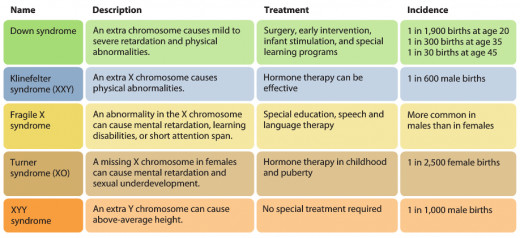
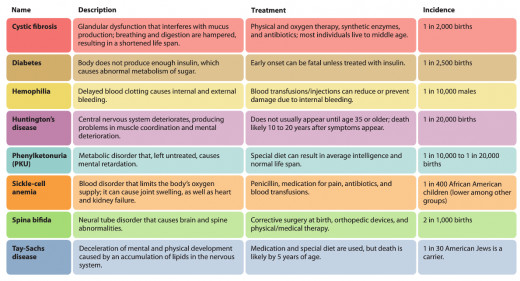

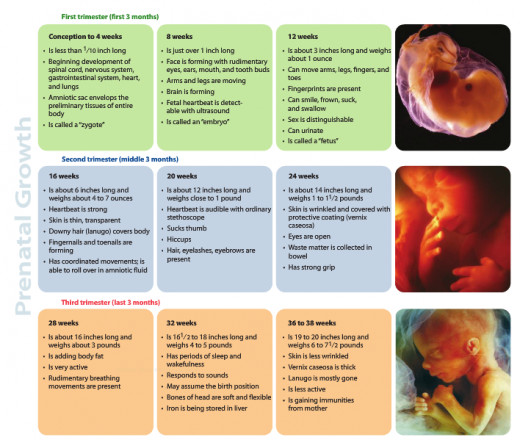
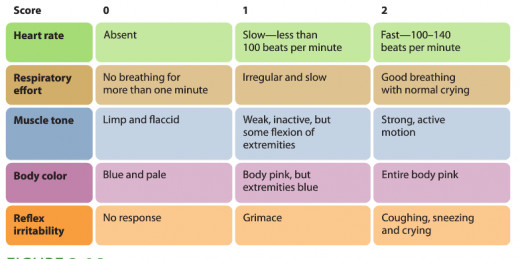
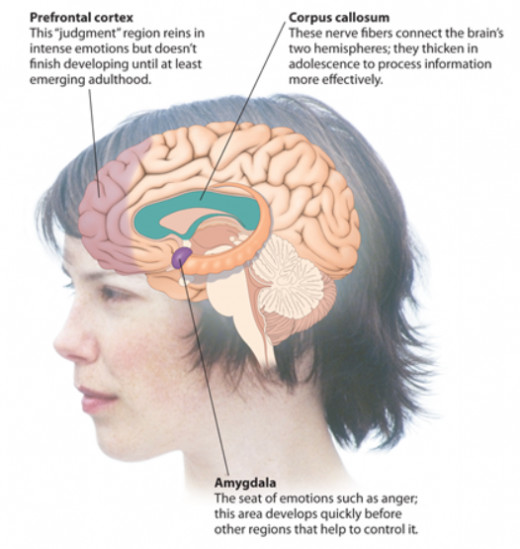
Reference
Santrock, J. W. (2011). A topical approach to life-span development (6th ed.). New York, NY: McGraw Hill.

